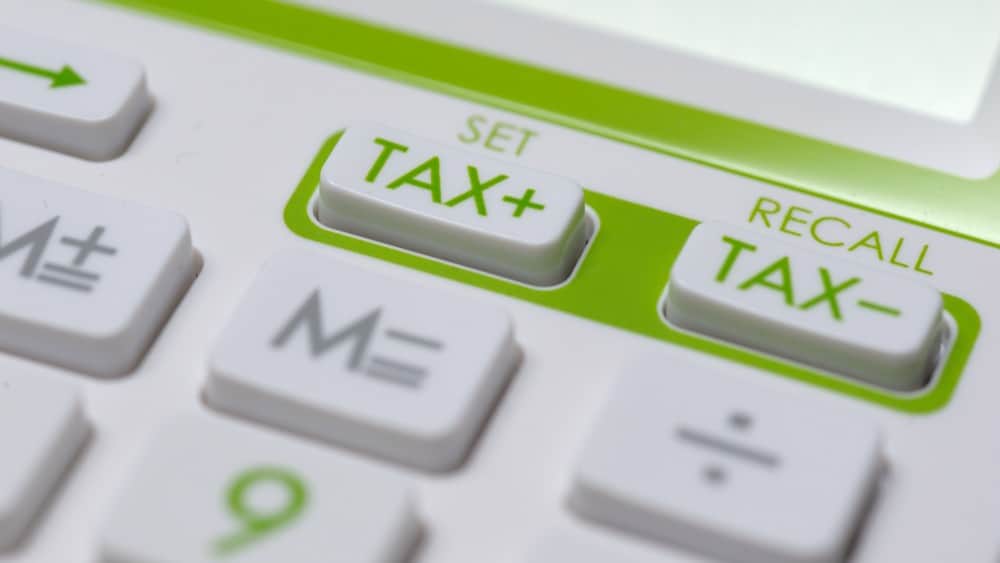Few things are as certain in life as death and taxes. Whether you are earning minimum wage and merely scraping by, or you are part of the top 1%, death and taxes come for everyone. The consistency and dependability of taxes benefit both taxpayers and the CRA. Almost everyone knows what they need to pay, how they need to pay, and when to pay it.
But that doesn’t mean that taxation is static and stagnant. The CRA makes changes all the time. Sometimes these changes are geared towards providing relief to the taxpayers, like the tax changes that the CRA made in 2020, to accommodate for the pandemic.
Extended filing and payment deadlines
The most obvious and perhaps most “accommodating” changes were the filing and payment deadline extensions. Since the pandemic threw everything into disarray, millions of Canadians weren’t as well prepared for the tax season as they usually are. This is why the delay in filing and payment deadlines came as a relief to many.
That’s especially true for people who are part of the gig economy and have to set aside money from their sporadic earnings for tax purposes.
New benefits
The star of the pandemic benefits for a typical Canadian was the CERB. It helped sustain millions of Canadians who lost their income sources due to the pandemic. The CERB wasn’t taxed at the source, so eligible people got the whole $2,000 a month. They will pay taxes on the benefits they received in 2021. In addition to issuing payments for a completely new benefit, the government padded up an old one as well.
The typical GST/HST tax credit was almost doubled, and an extra $400 was issued to all eligible GST credit recipients.
A lighter tax bill
If you picked up a hefty tax bill, despite a harsh and less-income year, you might want to look into different deductions you might be eligible for. One of the most straight forward deductions is the RRSP contributions. If you earn $70,000 a year, you can contribute $12,600 to your RRSP and save about $3,700 from your tax bill (in Ontario).
One good place to invest that amount might be Nexus REIT (TSXV:NXR.UN), an Oakville-based REIT that focuses primarily on commercial properties (i.e., office, industry, and retail). And even though none of those asset classes are very attractive (or even profitable) right now, the company managed to grow its net income in the second quarter compared to its net income last year.
The stock is currently trading at about a 27% discount, but that’s not the primary reason to buy into this little REIT (market cap: $183.7 million). The main reason is its dividends. The company is offering a juicy 9.46% yield at a very stable payout ratio of 30.7%. With a $12,600 invested in the company, you can earn about $99 a month in dividends.
Foolish takeaway
The government may or may not extend the tax deadlines next year. So, instead of hoping for it, you have to prepare yourself for the regular tax season. Ensure you have all the relevant info to file and adequate funds (if needed) to pay your taxes well in time. If you start early, you may research more deductions you might be eligible for and reduce your tax bill.










